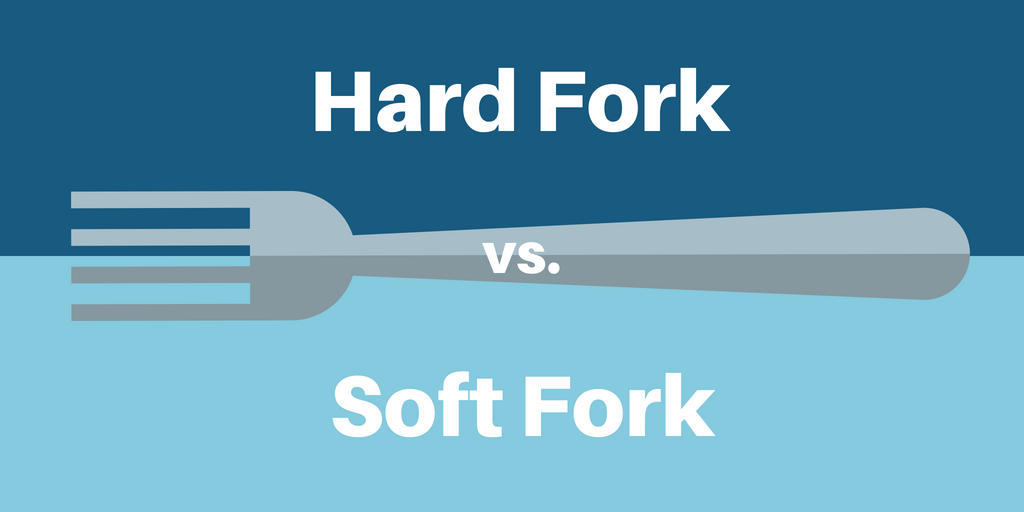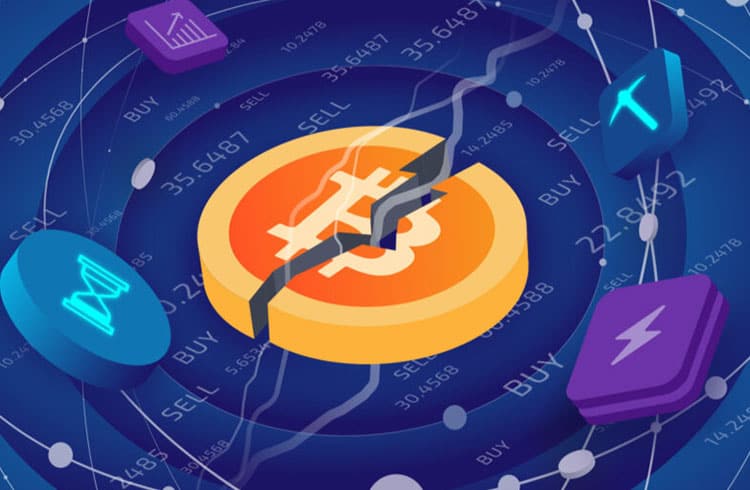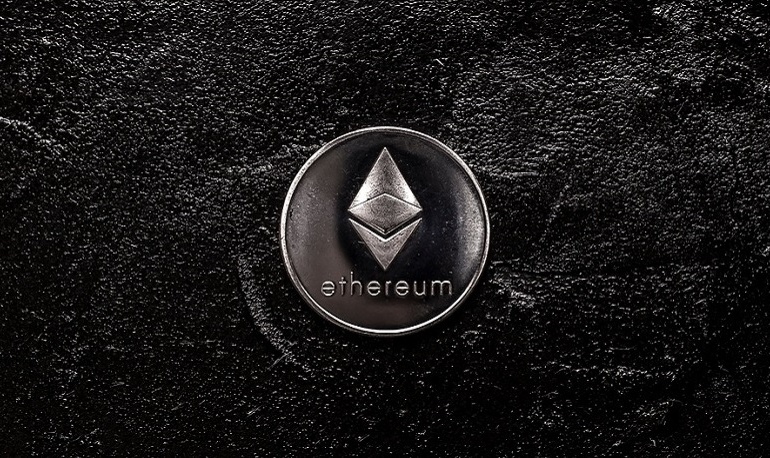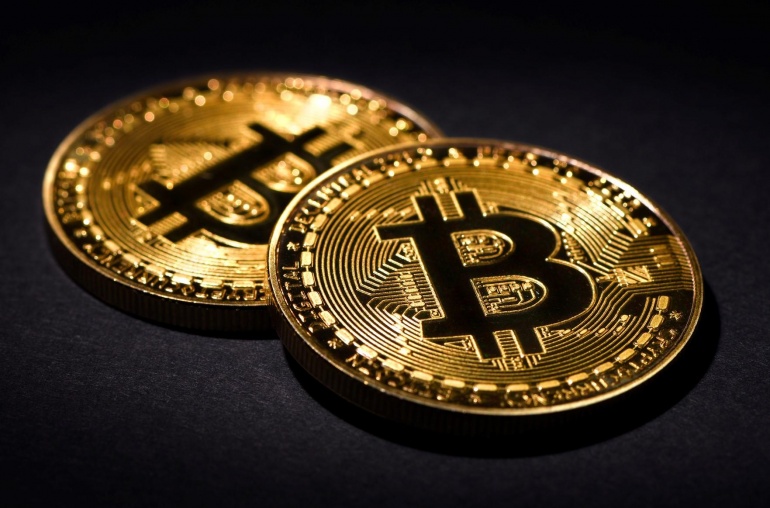The concept of Fork is that people interested in cryptocurrency markets are not strangers. In this article, we will share with you what this concept means, what it is about, and what we need to know about fork.
As you know, all transactions related to cryptocurrency take place on the blockchain network. Blockchain is a distributed database system that allows tracking of encrypted transactions. What Is Blockchain? you can learn more about blockchain technology by reading our article.
The concept of fork, which has a very important place for cryptocurrency markets and anyone who wants to trade in these markets should know; fork is the creation of a copy of the blockchain network (database) for any reason and the creation of a new blockchain network database in the currency that is going to take place.
Fork (bifurcation) security problems experienced in the existing blockchain network, the removal of existing errors in the network, the current network can not meet the demands, such as differences between the developers of cryptocurrency can occur. When Fork (bifurcation) occurs, the newly formed blockchain network is not completely independent of the old network. The existing database on the old network is copied verbatim and continues along with the new network rules.
A new coin is also emerging as a new blockchain network emerges after Fork (bifurcation). For example, the new cryptocurrency Bitcoin Cash (BCH) has emerged, where a fork has taken place to correct some errors such as security, such as the speed detected in the Bitcoin (BTC) currency.
Fork situation can occur in two different ways.
Hard Fork
Soft Fork
What Is Hard Fork?
Hard fork is the formation of a new blockchain network that is literally independent of a blockchain network. The blockchain network that emerged in this process has a separate protocol with new connection rules, new transaction rules and new mining rules.
Accordingly, the newly formed blockchain network continues to operate with a separate cryptocurrency. In short, after the fork operation, the database information and transaction information in the existing blockchain network are copied and a new network is created, and a separate cryptocurrency ecosystem exists that can be traded with new rules that are fundamentally separated from the rules in the old blockchain network.
There are a lot of hard fork processes known in cryptocurrency ecosystems. To give an example, a new coin called Bitcoin Cash has emerged after fork, which took place on the Bitcoin blockchain network in 2017. A new coin called DAO has emerged after fork, which took place in Ethereum in 2016.
Miners and users who are trading on the old blockchain network during the Hard fork process are required to perform the update on the network.

What Is Soft Fork?
Soft fork is a process that is left to the initiative of more network users. After improvements to the Blockchain network and the emergence of a new cryptocurrency with several changes or the development of a new blockchain network protocol, users are left to see whether the resulting altcoin reaches sufficient trading volume and becomes stable.
In other words, users who trade on the existing network can have a value if they choose to trade on the emerging network with the emerging coin and if the emerging coin sees the required demand and manages to hold on to the market.
In short, if the majority accepts the new coin that emerges after fork, soft fork can succeed.
If you own the cryptocurrency where the fork occurs, the exchanges define the altcoin that appears after the fork to your wallet as the main coin that exists in your wallet.
For example, if you had caught up with the bitcoin mandatory forking that took place in 2017; and if you had 10 BTC in your BTC wallet at the time of the fork, 10 units would be identified from the newly emerging Bitcoin Cash (BCH) currency to your BCH wallet.
After soft fork, however, you have to wait for the new altcoin to become stable. If it becomes stable and manages to hold on to the markets, it is defined in your wallet. If it does not hold and it does not reach sufficient trading volume, it will have no value.




